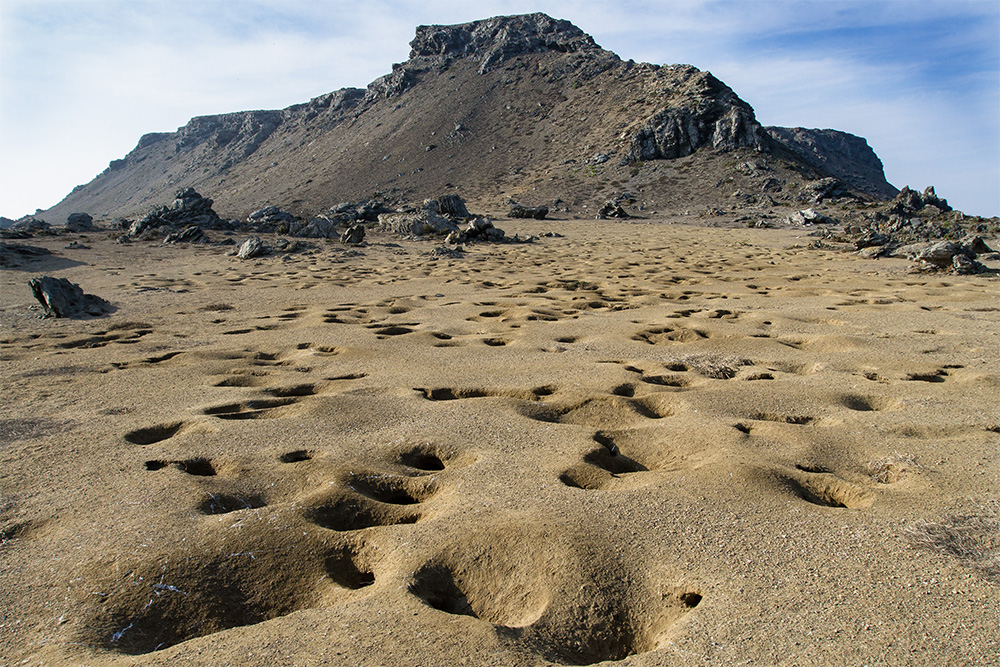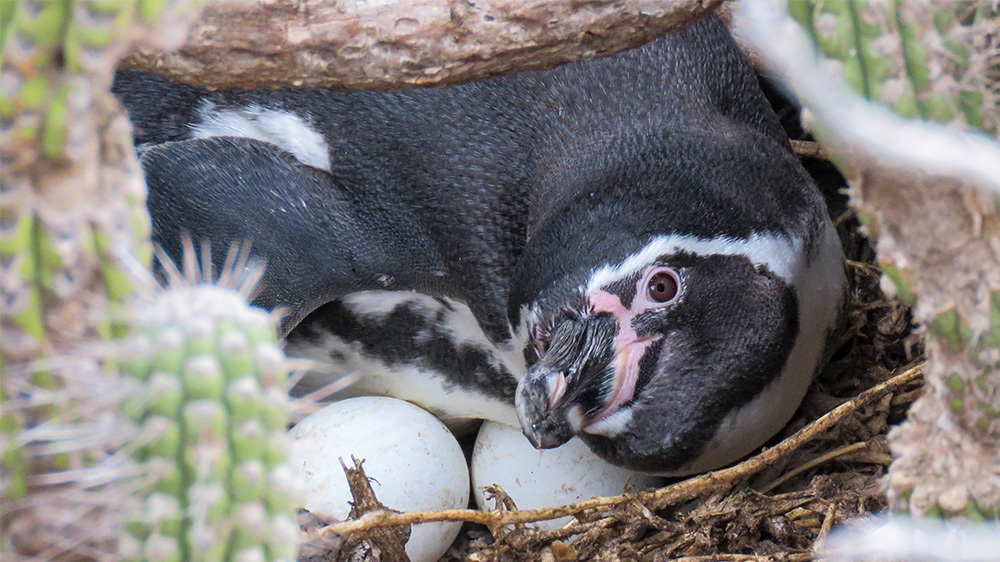December 4, 2024
The Ebiil Society: Champions of Palau
Ann Singeo, founder of our partner organization the Ebiil Society, shares her vision for a thriving Palau and a flourishing world of indigenous science!
We use cookies to help you navigate efficiently and perform certain functions. You will find detailed information about all cookies under each consent category below.
The cookies that are categorized as "Necessary" are stored on your browser as they are essential for enabling the basic functionalities of the site. ...
Necessary cookies are required to enable the basic features of this site, such as providing secure log-in or adjusting your consent preferences. These cookies do not store any personally identifiable data.
Functional cookies help perform certain functionalities like sharing the content of the website on social media platforms, collecting feedback, and other third-party features.
Analytical cookies are used to understand how visitors interact with the website. These cookies help provide information on metrics such as the number of visitors, bounce rate, traffic source, etc.
Performance cookies are used to understand and analyze the key performance indexes of the website which helps in delivering a better user experience for the visitors.
Advertisement cookies are used to provide visitors with customized advertisements based on the pages you visited previously and to analyze the effectiveness of the ad campaigns.

As Earth Day approaches, Island Conservation will share stories of hope and success in conservation.
Six hundred miles north of Santiago, Chile, you’ll find Choros and Chañaral Islands, which are two of three islands that make up the Humboldt Penguin National Reserve.
These unique desert islands not only host a wide variety of threatened native Chilean plant species but were once home to over 100,000 pairs of Endangered Peruvian Diving-petrel and 80% of the world’s Vulnerable Humboldt Penguin population.
For millennia, the seabirds and sensitive desert plants thrived together in the Humboldt Penguin National Reserve. This all changed early in the 20th century when the European rabbit was introduced to the islands. Invasive rabbits stripped bare the herbs and shrubs, occupied diving-petrel nests, and devoured the cactus species that provided shaded nest sites for penguin chicks. When the invasive rabbits moved in, the native seabirds lost their homes.

In 2013, the Chilean National Forestry Corporation (CONAF), in collaboration with Island Conservation, removed invasive rabbits from Choros Island followed by Chañaral Island in 2016.
An important element for the successful confirmation of the project was the participation of Finn, a trained Labrador Retriever, who has contributed to several conservation projects around the world. Finn’s role was to confirm the successful removal of the rabbits from Choros Island.
In just under two years of intensive ecological restoration, conservationists redirected two extinction-bound Chilean seabirds toward recovery. CONAF and Island Conservation successfully removed the introduced, damaging rabbit population that was destroying native vegetation and fragile nesting habitat for the Humboldt Penguin and Peruvian Diving-petrel.

This marks the first protected area of its kind within the Chilean Protected Areas Network (SNASPE) to be declared free of invasive vertebrate pest species, an achievement that benefits native wildlife and the eco-tourism industry centered around them.
Featured photo: An adult Humboldt Penguin protecting a nest with two chicks. Credit: Island Conservation
Check out other journal entries we think you might be interested in.
Notifications